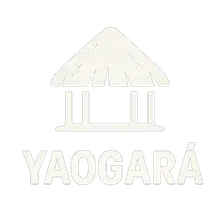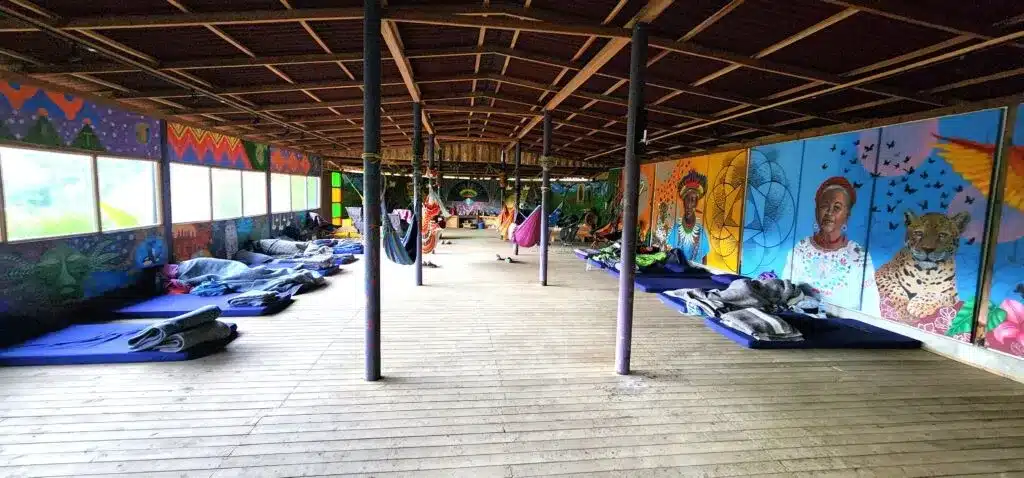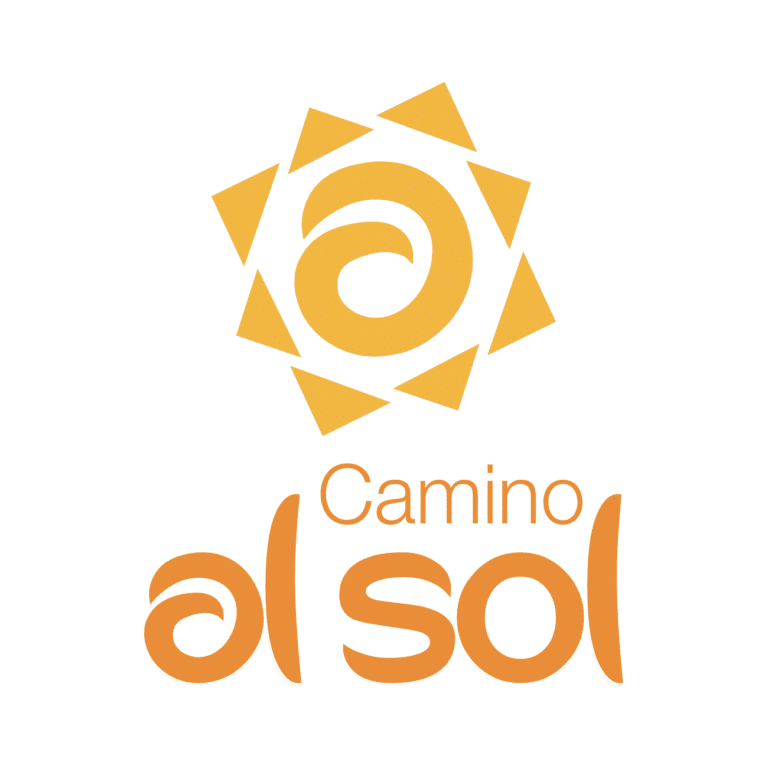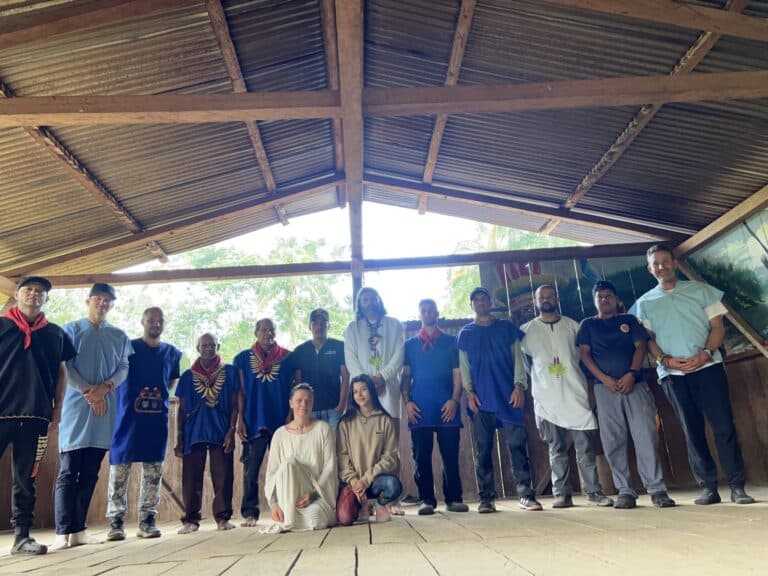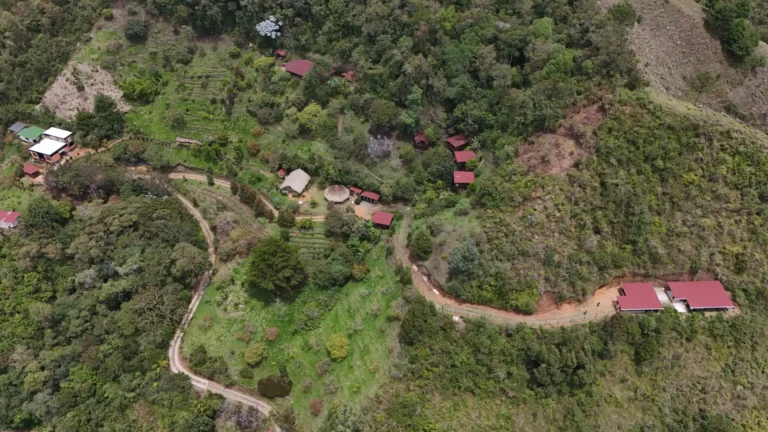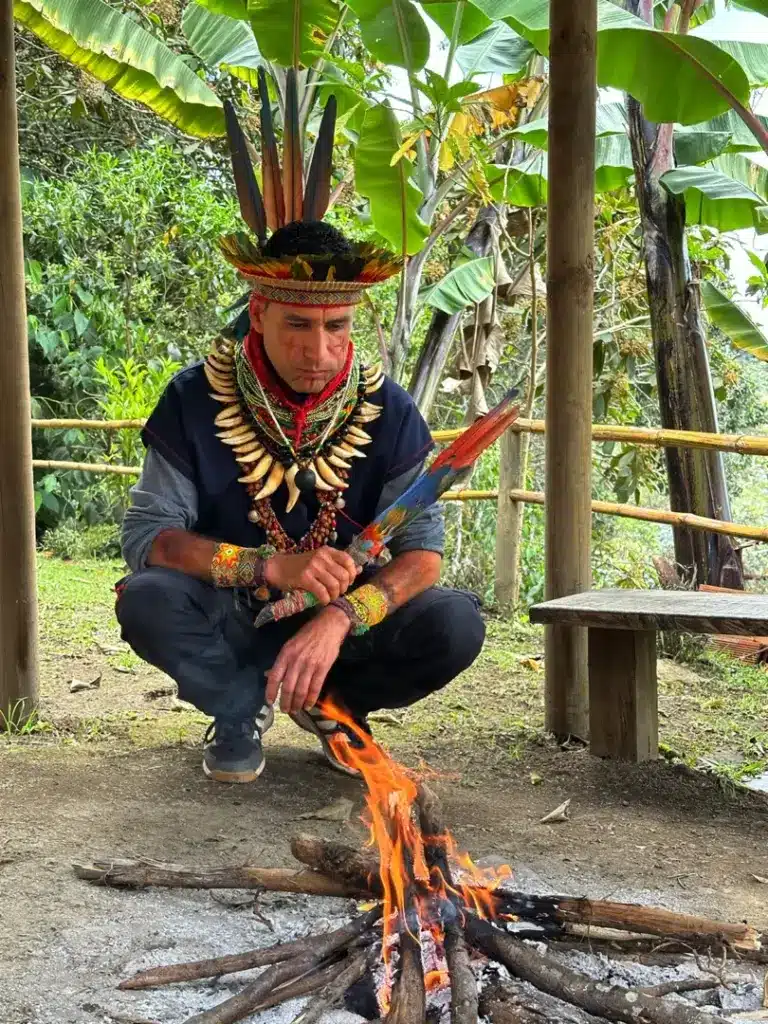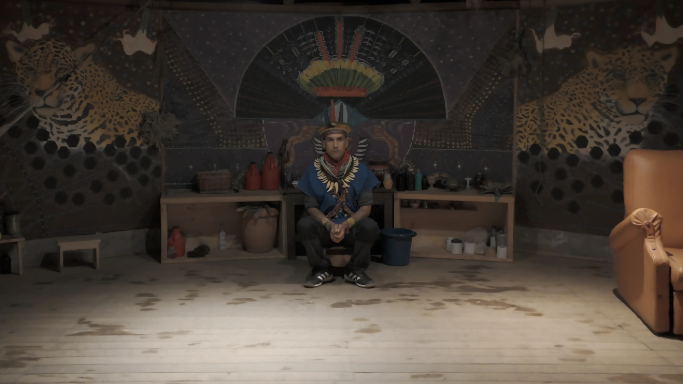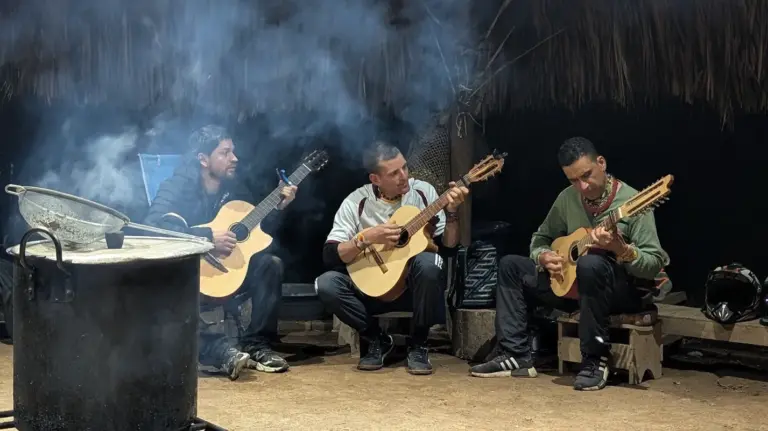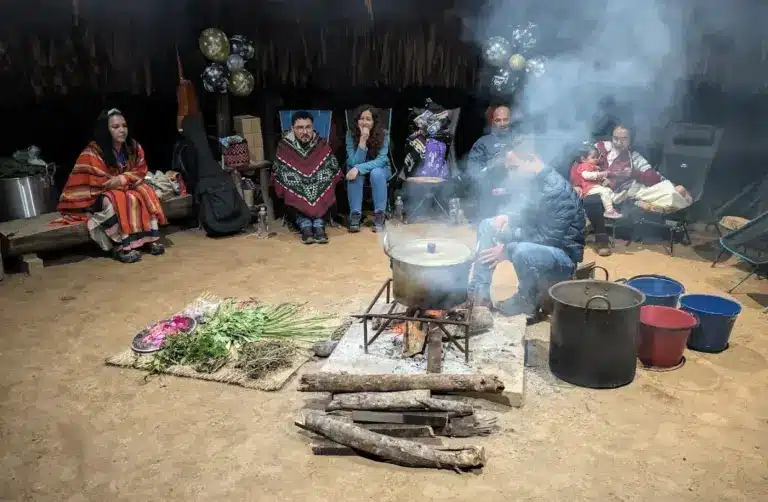Yagé: The Colombian Ayahuasca Tradition
In the spiritual heartland of Colombia, where the Amazon rainforest breathes life into ancient traditions, a sacred plant medicine known as yagé offers a profound path to healing and self-discovery. For centuries, this powerful brew has been a cornerstone of indigenous culture, a gateway to the spiritual world, and a source of deep ancestral wisdom.
At Camino al Sol, we have dedicated over 15 years to honoring and sharing the Colombian yagé tradition. We guide individuals on a transformative journey rooted in respect, safety, and authenticity. This is not a recreational pursuit but a sacred pilgrimage into the depths of the self.
As the world awakens to the healing potential of plant medicine, we invite you to explore the rich tapestry of yagé ayahuasca. Understanding its cultural significance reveals the transformative power that lies within this ancient practice.
👉 Ready to experience yagé in its authentic Colombian tradition?
Join our Ayahuasca Yagé Retreat in Colombia.
What Is Yagé Ayahuasca?
While the name ayahuasca has gained global recognition, in Colombia, the sacred brew is traditionally called yagé. The distinction is more than semantic; it represents a recognition of the specific cultural lineage and generations of wisdom passed down through Colombian indigenous communities.
The word “ayahuasca” originates from the Quechua language, spoken primarily in the Andean regions of Peru and Ecuador, and translates to “vine of the soul.” Yagé, however, is the term used by the indigenous peoples of the Colombian Amazon. Its use is deeply interwoven with their unique cultural and spiritual practices.
The Sacred Plants Behind Yagé
The brew itself is a masterful combination of two plants: the Banisteriopsis caapi vine and the leaves of either chacruna (Psychotria viridis) or chagropanga (Diplopterys cabrerana) shrub.
The B. caapi vine forms the foundation of the medicine. It contains harmala alkaloids that act as potent monoamine oxidase inhibitors (MAOIs). These MAOIs are crucial, as they temporarily suspend the enzymes in the digestive system that would normally break down dimethyltryptamine (DMT).
DMT is found in the chacruna or chagropanga leaves. This synergistic relationship allows the DMT to enter the bloodstream and cross the blood-brain barrier, opening the doors to a profound and often life-altering visionary experience.
The preparation of yagé is a sacred art. It requires deep knowledge of the plants and a connection to the spiritual forces that guide the medicine.
Indigenous Yagé Traditions in Colombia
The yagé tradition in Colombia is not a monolithic practice but a rich and diverse tapestry woven by numerous indigenous communities. These traditions represent thousands of years of accumulated wisdom about healing, spirituality, and the relationship between humans and the natural world.
Colombia has the highest prevalence of ayahuasca consumption globally, with 0.8% of the population having tried the medicine at least once. This statistic reflects the deep cultural integration of yagé within Colombian society.
The Peoples Who Keep the Yagé Lineage
The Siona, Cofán, Inga, Coreguaje, and Kamëntsá peoples, who reside primarily in the Putumayo region of the Amazon, are among the most recognized guardians of this ancestral medicine. For these communities, yagé is the spiritual backbone of their culture.
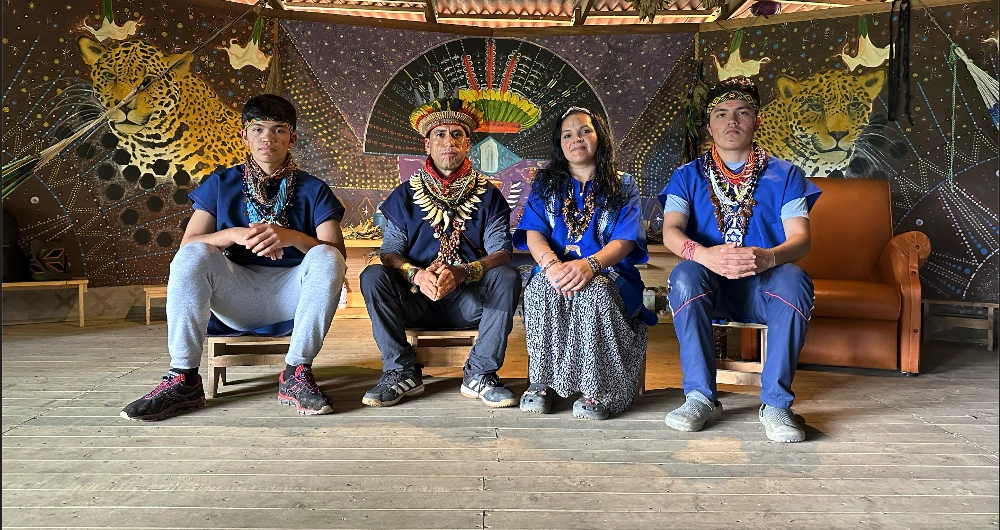
These indigenous groups use yagé as a sacred tool for healing, divination, and maintaining a harmonious relationship with the natural world. Their connection to the medicine is so profound that the Union of Traditional Yagé Medics of the Colombian Amazon (UMIYAC) was established to protect this heritage.
Colombia’s Constitutional Court has acknowledged these communities as being at “risk of physical and cultural extermination”. This recognition underscores the urgent need to preserve and respect these ancient traditions.
The Role of the Taita in Yagé Ceremonies
The ceremonies are led by Taitas, a term of respect for the spiritual leaders and healers who have dedicated their lives to the path of yagé. A Taita is not merely a shaman who administers a substance; he is a doctor, a psychologist, a spiritual guide, and a pillar of his community.
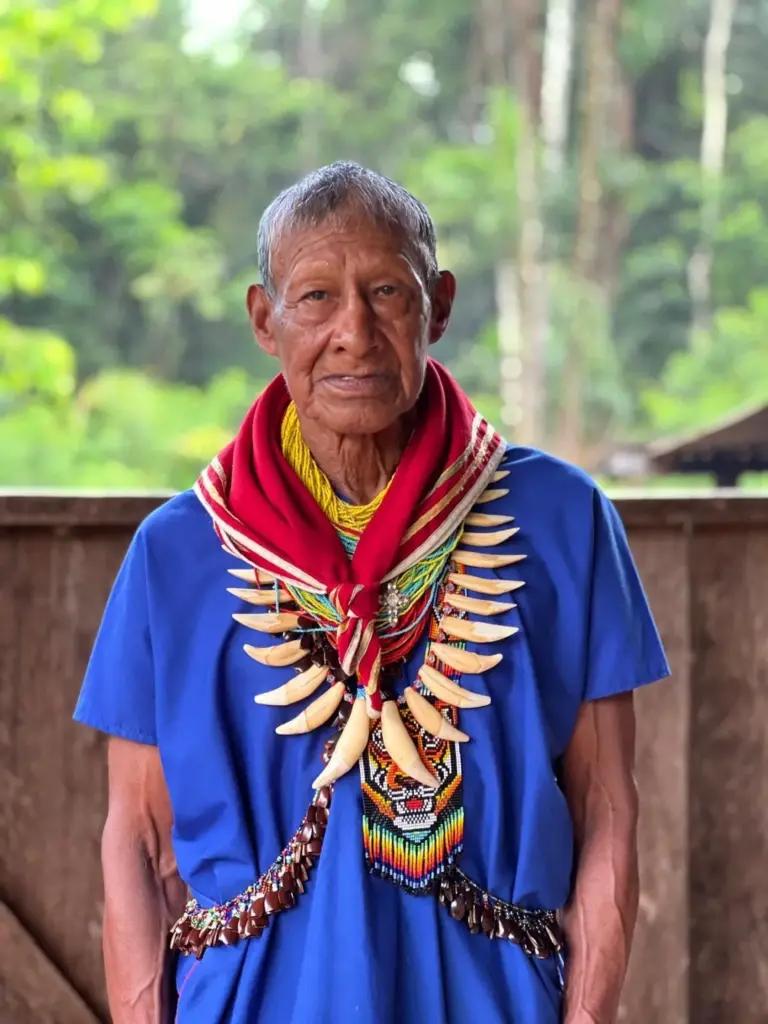
The path to becoming a Taita is a lifelong commitment. It requires a rigorous journey of apprenticeship, dietary restrictions, and deep communion with the plant spirits. Through this arduous training, they learn to navigate the spiritual realms, to diagnose and treat illnesses of the body and soul.
Central to the Colombian yagé ceremony are the icaros, or sacred songs, that the Taita sings throughout the night. These are not mere melodies but powerful energetic tools that shape the ceremonial space, guide the visions, and facilitate the healing process.
Each icaro is a prayer, a call to the spirits of the plants, animals, and ancestors. While the Peruvian style of ayahuasca ceremony often emphasizes individual introspection, the Colombian tradition places a strong emphasis on community healing.
✨ Discover how we honor the yagé tradition with safety, respect, and guidance. Learn more about Camino al Sol.
Yagé vs. Ayahuasca: Understanding the Difference
In a world where ancient traditions are often commodified and stripped of their sacred context, understanding the difference between yagé and ayahuasca is an act of respect. While the terms refer to the same botanical preparation, their usage reflects a fundamental difference in intention and approach.
The global popularization of “ayahuasca” has, in many cases, divorced the medicine from its indigenous roots. This has led to a rise in recreational tourism and a dilution of its spiritual significance.
By choosing to use the name yagé, we honor the specific cultural lineage of the Colombian Amazon. We acknowledge the profound debt of gratitude we owe to the indigenous communities who have stewarded this medicine for millennia.
Global Ayahuasca Tourism vs. Colombian Yagé Tradition
For the indigenous peoples of Colombia, yagé is not a “trip” or a psychedelic adventure. It is a sacred sacrament, a tool for spiritual defense, and a guide for living in right relationship with all of creation. It represents a path of responsibility, not of escapism.
As this powerful medicine continues to find its way into the wider world, it is our collective responsibility to approach it with humility. We must educate ourselves about its origins and ensure that its practice is guided by the principles of respect, reciprocity, and reverence.
For those seeking to embark on this journey, we strongly recommend consulting our Ayahuasca Safety Guide to ensure a safe, responsible, and deeply respectful experience.
What to Expect in a Yagé Ceremony
A yagé ceremony is a sacred container, a meticulously crafted space designed to facilitate a deep journey into the self. Understanding what to expect can help prepare you for this profound experience while maintaining the appropriate reverence for the tradition.
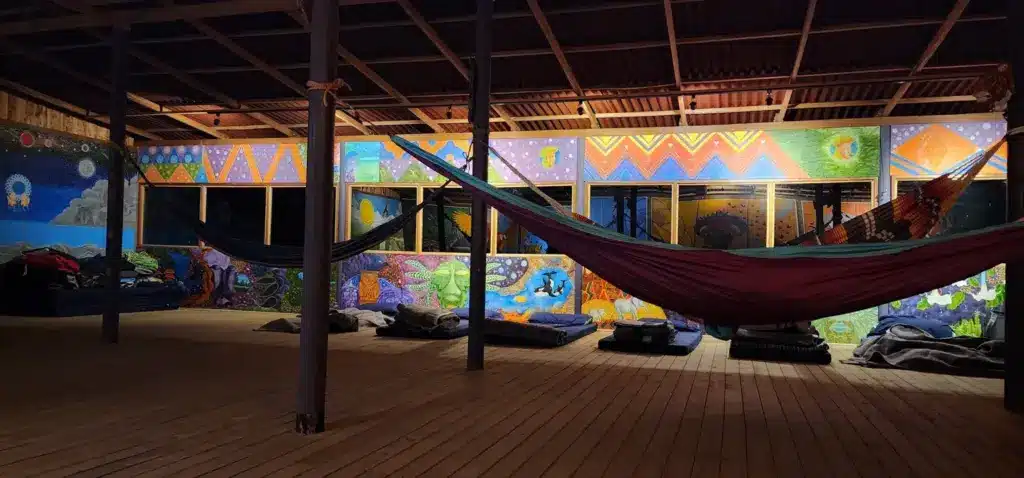
The Setting of a Colombian Yagé Ceremony
The ceremony typically takes place at night, in a circular temple or maloca, often around a central fire that serves as a symbol of purification and transformation. Participants sit in a circle, a formation that represents unity, equality, and the cyclical nature of life.
The Taita, as the spiritual anchor of the ceremony, opens the space with prayers. He invokes the protection of the spirits and sets the intention for the night’s work. This creates a sacred boundary that protects and contains the ceremonial energy.
The Flow of the Yagé Ritual
The medicine is served to each participant, one by one. The taste is often described as earthy, bitter, and unpleasant—a physical reminder that this is not a recreational experience. The serving itself is a sacred act, with the Taita blessing each cup.
As the medicine takes effect, the Taita begins to sing his icaros. These sacred songs weave a sonic tapestry that guides the journey. The music serves as a map through the spiritual territories that the medicine opens.
Purga and Cleansing in Yagé Ayahuasca
The experience itself is highly individual and can range from moments of sublime beauty and profound insight to challenging periods of physical and emotional purging. This cleansing, known as la purga, is considered an essential part of the healing process.
La purga represents a release of the physical, emotional, and spiritual toxins that accumulate throughout our lives. It may manifest as vomiting, crying, or other forms of energetic release. Rather than being seen as negative, purging is understood as a necessary cleansing.
Integration: Living the Teachings of Yagé
The real work of the ceremony lies in the process of integration. The visions, the insights, and the emotional releases are only the beginning. The true transformation occurs when we take the lessons of the medicine and apply them to our daily lives.
This is why, at Camino al Sol, we say that “the real ceremony is life itself.” We provide a supportive community and a framework for integration that helps you weave the threads of your yagé experience into the fabric of your being.
Integration transforms the spiritual into the practical, allowing you to walk a path of purpose, clarity, and authentic self-expression. For those considering this path, we invite you to explore the best place to drink ayahuasca in Medellín to ensure a safe and authentic experience.
Is Yagé Safe?
As with any powerful medicine, the question of safety is paramount. When approached with respect, intention, and the guidance of an experienced Taita, yagé is considered to be a remarkably safe practice. However, understanding both the benefits and risks is essential for anyone considering this path.
The Benefits of Yagé Ayahuasca
Scientific research has begun to validate what indigenous cultures have known for centuries: that yagé can have profound therapeutic benefits. Studies show particular promise in the treatment of depression, anxiety, and trauma.
A 2020 study published in Nature found that even a single ayahuasca session can lead to significant and lasting improvements in mental health and quality of life. Participants reported reduced depression scores and enhanced well-being that persisted for weeks after the ceremony.
The medicine appears to work by promoting neuroplasticity, allowing the brain to form new neural pathways. This can help break patterns of negative thinking and emotional reactivity that contribute to mental health challenges.
Risks and Contraindications
However, it is crucial to acknowledge that yagé is not without risks. Individuals with pre-existing cardiovascular conditions or those taking certain medications, particularly SSRIs, should exercise extreme caution.
The primary physical risks are associated with the increase in heart rate and blood pressure that can occur during the experience. The psychological risks, while less common, can include the exacerbation of underlying mental health conditions.
Individuals with a personal or family history of psychosis should be particularly cautious. The intense nature of the yagé experience can potentially trigger latent psychological conditions in vulnerable individuals.
Why a Trained Taita Ensures Safety
This is why the role of the Taita and the ceremonial container is so essential. A trained and experienced Taita knows how to screen participants for potential contraindications, how to manage challenging experiences, and how to create a safe and supportive environment for deep healing to occur.
The International Center for Ethnobotanical Education, Research, and Service (ICEERS) has published an extensive report on yagé in Colombia. While there have been a small number of reported deaths in the country, none have been conclusively attributed to ayahuasca intoxication by forensic analysis.
The report emphasizes the importance of proper training for ceremony organizers and adherence to minimum safety standards. At Camino al Sol, safety is our highest priority, and we adhere to the strictest protocols to ensure the well-being of all our participants.
Why Camino al Sol Honors the Path of Yagé
In a world that often seems to be spiraling into chaos and disconnection, the ancient wisdom of yagé offers a powerful antidote. It provides a path back to ourselves and to the sacredness of all life.
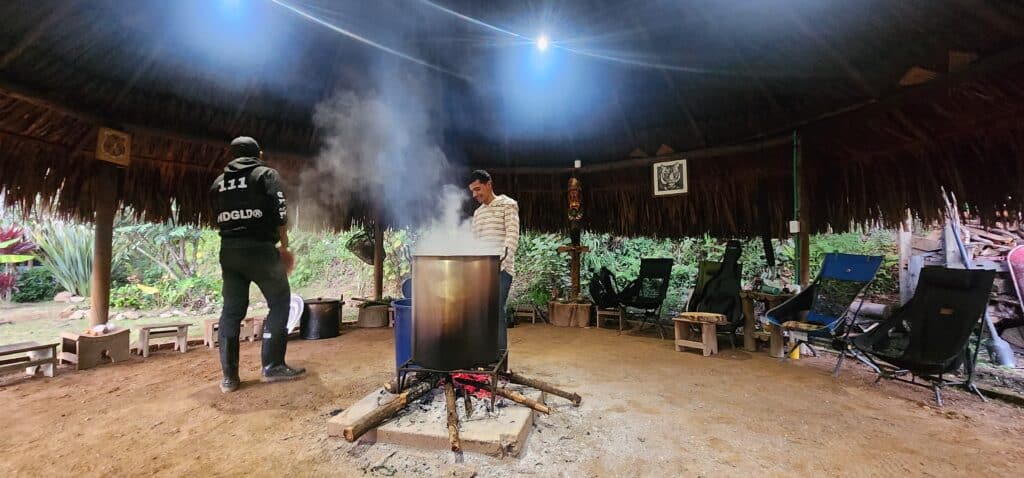
For over 15 years, Camino al Sol has been a bridge, a place where the ancient traditions of the Amazon can meet the modern world in a spirit of mutual respect and co-creation. We are not a retreat center in the conventional sense; we are a community, a family, and a living prayer for the healing of humanity.
A Bridge Between Indigenous and Modern Worlds
Our foundation is built on a deep and abiding respect for the Colombian indigenous traditions and the Taitas who have so generously shared their wisdom with us. We are not here to appropriate or to imitate but to learn, to serve, and to hold a space where the medicine can do its sacred work.
Our approach is grounded in the understanding that yagé is a tool for turning spirituality into life. We help you take the profound insights of the ceremony and weave them into a life of purpose, integrity, and service.
We believe in the power of personal responsibility, the strength of community, and the transformative potential of music. We are guided by the wisdom of the elders, the spirit of the medicine, and the unwavering belief that the real ceremony is life itself.
We are honored to walk this path with you, offering a safe and sacred container for your journey of self-discovery and healing.
🌿 Take the next step on your path. Book your Yagé Ayahuasca retreat in Colombia today.
